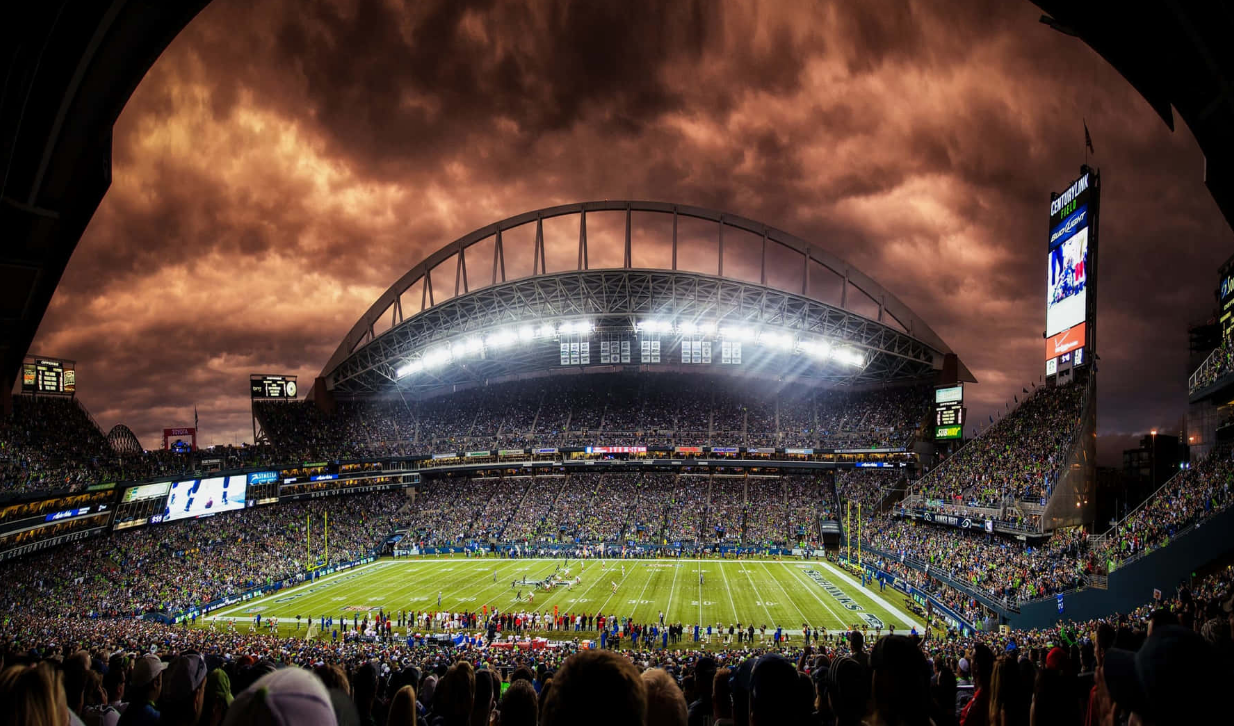The official dimensions of a World Cup soccer field are 100-110 meters in length and 64-75 meters in width. These dimensions are set by FIFA regulations to ensure consistency and fairness in international competitions. Soccer fields are meticulously designed to meet these standards to provide a level playing field for all teams participating in the World Cup. The World Cup is the pinnacle of soccer excellence, where the best teams from around the globe compete on these standardized fields.
Understanding the dimensions of a World Cup soccer field is crucial for players, coaches, and fans alike to appreciate the strategic nuances of the game. From the pristine grass to the meticulously marked lines, every detail of the field plays a crucial role in the beautiful game of soccer. Let’s delve deeper into the significance of World Cup soccer field dimensions and how they impact the gameplay.
World Cup Soccer Field Dimensions

Standard Field Measurements- World Cup Soccer Field Dimensions
The standard field measurements for a World Cup soccer field are crucial to the game’s integrity. The dimensions, regulated by FIFA, dictate a length of 100-110 meters and a width of 64-75 meters, ensuring fair play on the international stage.
Soccer is a beautiful game enjoyed by millions of fans worldwide. One of the crucial factors that make soccer so exciting is the dimensions of the playing field. The standard field measurements for soccer are defined by the Fédération Internationale de Football Association (FIFA), the governing body of international soccer. The dimensions of the field must be within the range of 100-130 yards in length and 50-100 yards in width.
Length Of The Field- World Cup Soccer Field Dimensions
The length of the soccer field is measured between the two touchlines, which are the longer lines on either side of the field. The touchlines must be between 100-130 yards in length. The length of the field is divided into two halves, and each half is referred to as a “halfway line.” The halfway line marks the center of the field, and a circle with a radius of 10 yards is drawn around it.
Width of The Field- World Cup Soccer Field Dimensions
The width of the soccer field is measured between the two goal lines, which are the shorter lines at either end of the field. The goal lines must be between 50-100 yards in length. The width of the field must be no less than 50 yards and no more than 100 yards. The field is divided into two halves by a line drawn across the field, called the “center line.” The center line runs parallel to the goal lines and divides the field into two halves. Overall, the standard field measurements for soccer are essential for ensuring that the game is played on a level playing field. These measurements ensure that the game is fair, and players have enough space to showcase their skills.
Goal Area and Penalty Area
Goal Area Dimensions
In World Cup soccer field dimensions in feet, the goal area is typically 6 yards by 20 yards, while in meters, it measures around 5.5 meters by 18.3 meters.
Penalty Area Dimensions
On a football field size in meters, the penalty area is usually 18 yards by 44 yards, and in feet, it is approximately 16.5 meters by 40.3 meters.
Corner Arc and Center Circle
When it comes to the dimensions of a soccer field, the corner arc and center circle play crucial roles in the game. These elements not only contribute to the aesthetics of the field but also have specific measurements that are standardized by FIFA.
The corner arc is a vital area on the soccer field that dictates the placement of corner kicks. The radius of the corner arc is set at 1 yard (1 meter), creating a curved line that marks the area from which corner kicks are taken. This distance ensures that the ball is placed at a consistent distance from the goal, allowing for fair play and strategic positioning during corner kick situations.
The diameter of the center circle is equally significant, as it designates the area where the match begins with the kickoff. According to FIFA regulations, the diameter of the center circle must measure 30 yards (27.43 meters). This size provides ample space for the opposing team to maintain a fair distance during the kickoff, enabling a smooth start to the game while adhering to standardized measurements.

Variations In Field Sizes
The dimensions of a soccer field can vary depending on the tournament or competition being played. The variations in field sizes can have a significant impact on the gameplay and overall strategy of the teams involved.
Different Field Sizes In Various Tournaments
FIFA soccer field dimensions are standardized for international matches, with a length ranging from 100 to 110 meters and a width from 64 to 75 meters. However, different tournaments and leagues may have their own specific field size requirements. For example, football field size in feet for the FIFA World Cup must adhere to the standard dimensions, while other tournaments may allow slight variations.
Impacts of Field Dimensions on Gameplay
The size of the soccer field can have a direct impact on the style of play and tactics employed by teams. A larger field may encourage a more possession-based, expansive style of play, while a smaller field can lead to a more compact, defensive approach. Additionally, variations in field sizes can also affect player positioning, pressing strategies, and the overall tempo of the game.
Historical Changes
The dimensions of soccer fields have undergone historical changes, reflecting the evolution of the sport and the factors influencing its development.
Evolution of Field Dimensions Over Time
Throughout the history of soccer, the dimensions of the playing field have experienced several changes, reflecting the evolution of the game and the standardization efforts by governing bodies such as FIFA.
Reasons Behind Changes
The evolution of field dimensions has been influenced by various factors such as the need for standardization, safety considerations, and the desire to accommodate the tactical evolution of the game. These changes have aimed to optimize the playing experience for both players and spectators while maintaining the integrity of the sport.
Influence on Strategy
Understanding the football field size in feet, football field size in square meters, and the 11 side football ground size is vital for soccer teams, as it directly influences their strategic approach and gameplay. The dimensions of the field play a crucial role in determining how a team adapts and executes their tactics.
Tactical Adaptations Based on Field Size
Teams often need to make tactical adjustments based on the size of the playing field. A larger field allows for more space to exploit, encouraging a possession-based style of play and strategic positioning. Conversely, a smaller field demands quicker transitions and compact defending, favoring a more direct and counter-attacking approach. Coaches and players must adapt their game plan to effectively utilize the available space and capitalize on their strengths.
Role of Field Dimensions In Team Tactics
The dimensions of the field significantly impact team tactics. For instance, a larger field facilitates a high-pressing game, enabling teams to apply intense pressure and cover more ground defensively. On the other hand, a smaller field encourages a more organized and compact defensive setup, making it challenging for opponents to penetrate the defensive lines. Understanding the football field size in feet and its impact on tactics is essential for teams to devise effective strategies and gain a competitive edge.
Future Trends
Discover the future trends in World Cup soccer field dimensions, as the sport evolves with innovative changes to enhance player performance and fan experience. Stay updated on the latest updates to field size regulations to ensure an immersive and dynamic soccer experience for all enthusiasts.

Future Trends As the world of soccer continues to evolve, so too do the dimensions of the playing field. The future trends in World Cup soccer field dimensions are a topic of great interest for both fans and professionals alike. Understanding potential changes in field dimensions and the technological advancements impacting field design can provide valuable insights into the future of the sport. Potential Changes in Field Dimensions The potential for changes in field dimensions is an area of ongoing discussion within the soccer community. Various factors, such as the evolution of playing styles, advancements in sports science, and the desire to enhance the spectator experience, contribute to the consideration of altering field dimensions. These potential changes could impact the overall dynamics of the game and the strategies employed by teams. Technological Advancements Impacting Field Design Advancements in technology have the potential to revolutionize the design of soccer fields. From the development of innovative turf systems to the utilization of data-driven insights for field optimization, technological advancements are reshaping the way soccer fields are constructed and maintained. The integration of cutting-edge technologies aims to enhance player performance, reduce the risk of injuries, and create optimal playing conditions. In conclusion, the future of World Cup soccer field dimensions is marked by the prospect of potential changes and the influence of technological advancements. As the sport continues to progress, the evolution of field dimensions will undoubtedly play a significant role in shaping the future of soccer on a global scale.
Conclusion
Understanding the World Cup soccer field dimensions is crucial for players and fans alike. These standardized measurements ensure fair play and exciting matches on the global stage. By grasping the field’s size and markings, one can appreciate the intricacies of the beautiful game.

